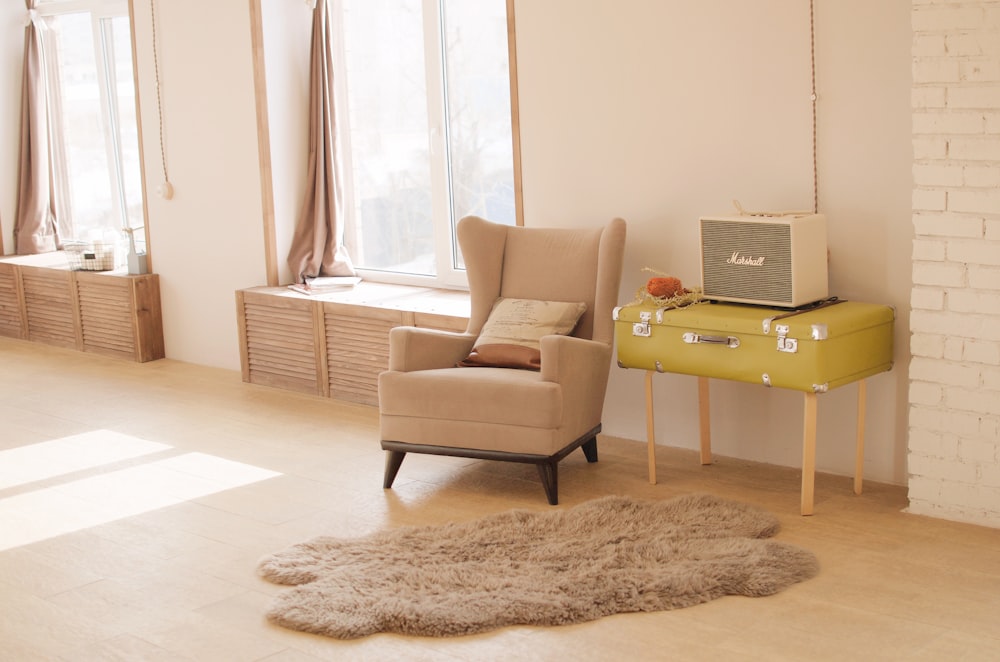Contemporary Simplicity Modern Minimalist Interior Design
Exploring the Essence of Modern Minimalism
Understanding Modern Minimalism: A Conceptual Overview
In the realm of interior design, modern minimalism stands out as a timeless and elegant approach. Rooted in the principle of “less is more,” this design philosophy emphasizes simplicity, clean lines, and functionality. It’s about creating spaces that are uncluttered, serene, and visually appealing without excess ornamentation or decoration.
Simplicity in Design: The Core Principle of Minimalism
At the heart of modern minimalism lies simplicity. It’s about stripping away the unnecessary and focusing on the essentials. This means opting for sleek and straightforward designs, choosing furniture and decor pieces with clean lines, and embracing a neutral color palette that fosters a sense of tranquility and balance. By eliminating clutter and excess, minimalist interiors exude a sense of calm and clarity.
Embracing Clean Lines: A Signature Element of Minimalist Design
Clean lines are a hallmark of modern minimalist interior design. Whether it’s in the architecture of the space or the furniture and decor accents, straight, unadorned lines create a sense of order and harmony. From sleek, linear furniture pieces to architectural elements like unembellished walls and ceilings, every aspect of a minimalist space is carefully curated to maintain a sense of visual continuity and simplicity.
Functionality as a Priority: The Practical Aspect of Minimalism
In modern minimalist interior design, form follows function. Every furniture piece, decor item, and architectural feature serves a purpose beyond mere aesthetics. Storage solutions are integrated seamlessly into the design to minimize clutter and maximize space efficiency. Multi-functional furniture pieces are favored, offering versatility without sacrificing style. The result is a space that not only looks beautiful but also functions effortlessly to meet the needs of its inhabitants.
Neutral Color Palette: Creating a Calm and Cohesive Environment
Neutral colors reign supreme in modern minimalist interior design. Shades of white, beige, gray, and black dominate the color palette, creating a sense of visual unity and tranquility. These hues serve as a backdrop for the clean lines and streamlined silhouettes of minimalist furniture and decor, allowing them to take center stage without distraction. Accents of muted tones or natural materials like wood or stone add warmth and texture to the space, enhancing its visual appeal.
Maximizing Natural Light: Enhancing the Feeling of Spaciousness
Natural light plays a crucial role in modern minimalist interior design, as it helps to amplify the sense of space and openness within a room. Large windows, skylights, and glass doors are often incorporated into minimalist spaces to allow abundant natural light to flood the interior. This not only reduces the need for artificial lighting but also creates a connection to the outdoors, blurring the boundaries between inside and outside and fostering a sense of harmony with nature.
Minimalist Decor: Less is More
When it comes to decor in modern minimalist interiors, the mantra “less is more” holds true. Decorative elements are kept to a minimum, with each piece carefully selected for its visual impact and contribution to the overall aesthetic. Simple yet statement-making

